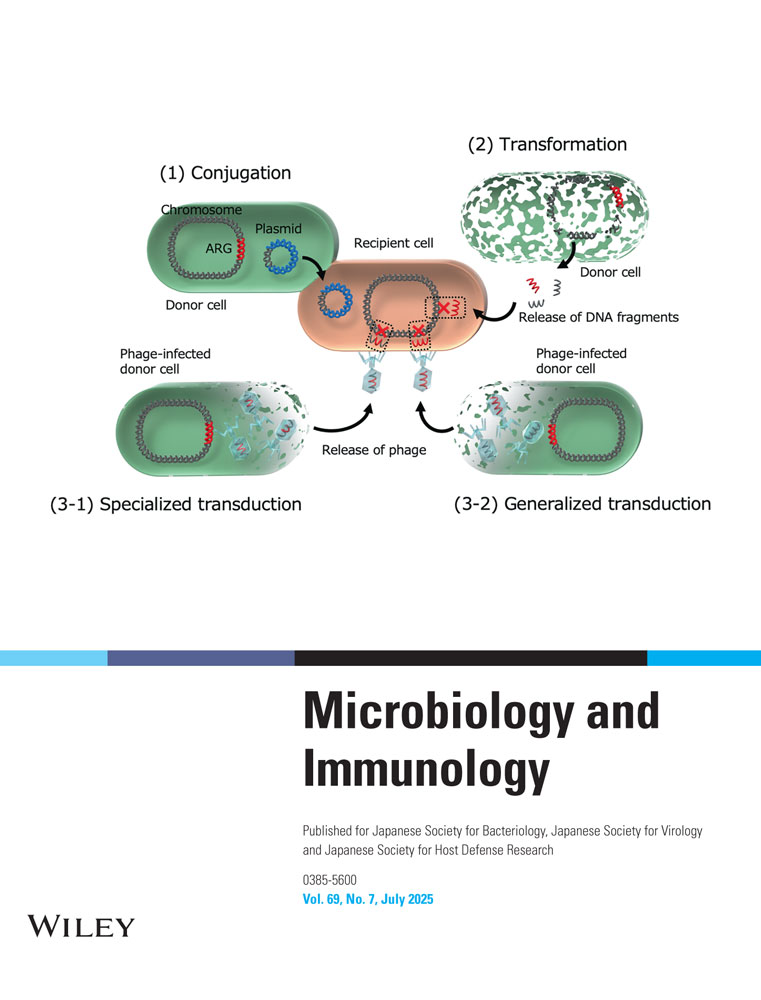Effect of Treatment of Soil with Keratinaceous Material on Soil Fungi
Abstract
In the early periods of soil storage, the total number of fungi almost regularly and significantly increased with the concentration of keratinaceous material (ground buffalo hooves) between 1% and 10%. A concentration of 20% was stimulative after 7 days and became toxic after 15 days and remained so through the end of the experiment. With increase in the storage period, the beneficial effect of all concentrations was lost and in the case of high concentrations (5–20%) toxic ammonia was produced.
The occurrence of Scopulariopsis brevicaulis, Cephalosporium acremonium, Chrysos-porium tropicum, C. indicum, and C. keratinophilum increased markedly, especially at the higher concentrations of the keratinaceous material and after long periods of incubation.
With increase in the concentration of keratinaceous material, the rate of evolution of ammonia from the soil sharply increased during the second week after treatment and fell off sharply during the third and fourth weeks.
In soil stored at 35 C, the rate of decline in total fungi after longer periods of incubation was sharper at 35 C than at 25 C. Also the amount of evolved ammonia during the first and the second weeks was almost always higher at 35 C than at 25 C.
Fourteen species were tested for keratinolytic activity. Three of them were highly keratinolytic and five moderately so.




